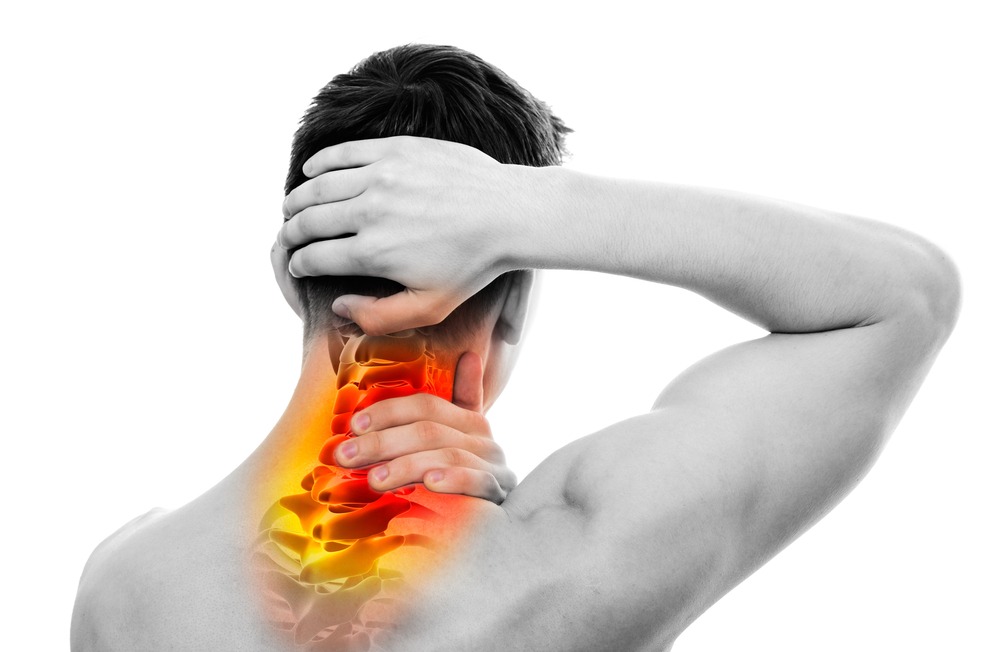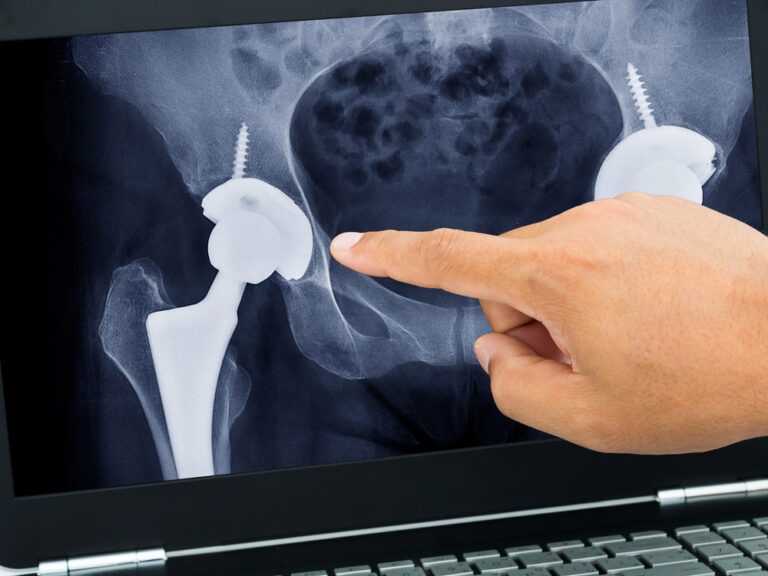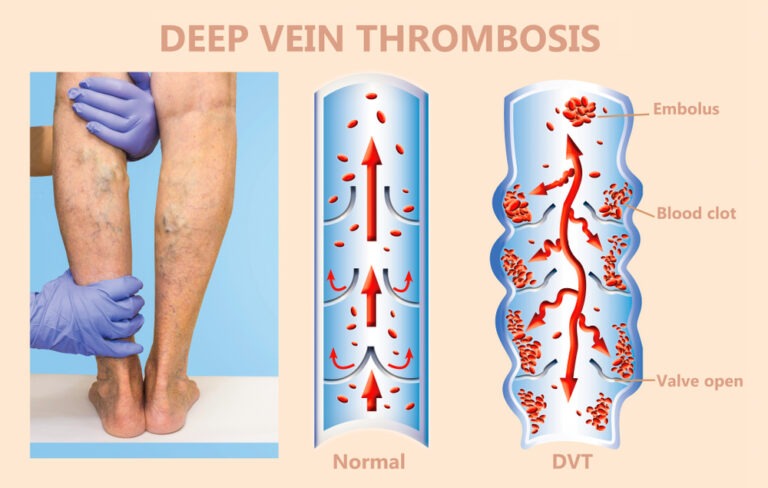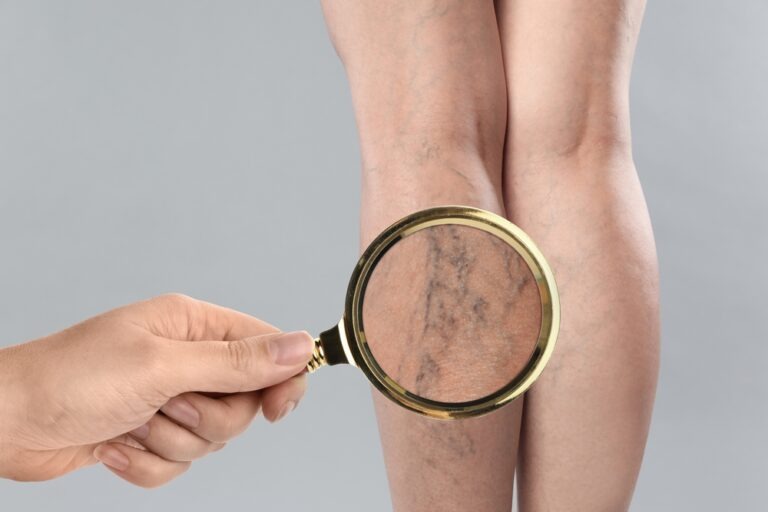Various treatment options for neck pain
When it comes to neck pain management, the most solid proof is the physical therapy exercises. Exercises and manipulative therapy are better as compared with medications. According to the research, the neck stretching and strengthening exercises are readily used to treat neck pain. Aside from exercises, there are some additional treatment options. These are:
- Ice and heat therapy.
- Pain medication like; NSAIDs, these medications provide relief of pain. muscle relaxants for acute neck pain and they equally lessen muscle spasm.
- Corticosteroid injections to reduce inflammation.
- Use of neck collar to protect the neck in different activities especially if you have cervical disc.
- Different antibiotics in case of infection ceftriaxone.
- Surgery, which is recommended just in severe cases.
- Traction.
Additional therapies comprise:
- Acupuncture.
- Chiropractic treatment.
- Massage.
- Transcutaneous electrical nerve stimulation (TENS), which common been used by the physical therapists.
Note: Your doctor or physical therapist may would recommend more than one method or option for treatment of your neck pain, according to your case and your symptoms.
Traction, a miracle for patients with suffering from radiation pain.
Traction is commonly exploited to relieve the symptoms of peripheralization (radiation of pain). A study described that following conservative therapy in which alternating cervical traction is given with manual therapy and deep neck flexor muscle strengthening, decreases the severe disability in patients suffering from cervical radiculopathy. This traction can be done manually or mechanically by your physical therapist.
Prognosis of Neck pain
Prognosis of neck pain is highly dependent on certain prognostic factors. Based on critical studies, the determined prognostic factors. these typically are age, Sex, pain severity levels, a past history with neck pain, associated low back pain, period of pain, occupation, preceding trauma, and progressive variations on X-ray. Recognizing these factors play an essential part in determining the prognosis of patients. therefore, a bad prognosis results in sluggish recovery.
Conclusion
In this article, all the comprehensive details about the root causes of neck pain, its most experienced symptoms, various types of neck pain, its prognosis, prevention guidelines, and different treatment options of neck pain are provided.
This knowledge will help the patients to get early recovery. Identically exercises described in this article can be easily performed at home after the proper diagnosis of disease to rule out any serious cause.
Similarly, this article has provided a shred of ample evidence about its prevalence, burden, and incidence. To sum it all up, it can conclude all the knowledge about neck pain prevention guidelines and physiotherapy treatment with home-based exercises, will result in early recovery from this miserable condition.
References and Resources:
- Binder AI (2007). “Cervical spondylosis and neck pain“. BMJ. 334 (7592): 527–31. doi:10.1136/bmj.39127.608299.80. PMC 1819511. PMID 17347239.
- Wang, H., Naghavi, M., Allen, C., Barber, R.M., Bhutta, Z.A., Carter, A., Casey, D.C., Charlson, F.J., Chen, A.Z., Coates, M.M. and Coggeshall, M., 2016. GBD 2015 Mortality and Causes of Death Collaborators. Global, regional, and national life expectancy, all-cause mortality, and cause-specific mortality for 249 causes of death, 1980-2015: a systematic analysis for the Global Burden of Disease Study 2015. Lancet, 388(10053), pp.1459-1544.
- Hoy DG, Protani M, De R, Buchbinder R. The epidemiology of neck pain. Best Practice & Research Clinical Rheumatology. 2010;24(6):783-92.
- org [Internet]. Cologne, Germany: Institute for Quality and Efficiency in Health Care (IQWiG); 2006-. Neck pain: Overview. 2010 Aug 24 [Updated 2019 Feb 14]. Available from: https://www.ncbi.nlm.nih.gov/books/NBK338120
- Hurwitz, E. L., Randhawa, K., Yu, H., Côté, P., & Haldeman, S. (2018). The Global Spine Care Initiative: a summary of the global burden of low back and neck pain studies. European Spine Journal, 27(6), 796-801.
- Hoy, D., March, L., Woolf, A., Blyth, F., Brooks, P., Smith, E., … & Burstein, R. (2014). The global burden of neck pain: estimates from the global burden of disease 2010 study. Annals of the rheumatic diseases, 73(7), 1309-1315.
- Hoy D, March L, Woolf A, Blyth F, Brooks P, Smith E, et al. The global burden of neck pain: estimates from the Global Burden of Disease 2010 study. 2014;73(7):1309-15.
- Childs, J.D., Cleland, J.A., Elliott, J.M., Then, D.S., Wainner, R.S., Whitman, J.M., Sopky, B.J., Godges, J.J., Flynn, T.W., Delitto, A. and Dyriw, G.M., 2008. Neck pain: clinical practice guidelines linked to the International Classification of Functioning, Disability, and Health from the Orthopaedic Section of the American Physical Therapy Association. Journal of Orthopaedic & Sports Physical Therapy, 38(9), pp.A1-A34.
- Borghouts JA, Koes BW, Vondeling H, Bouter LM. Cost-of-illness of neck pain in The Netherlands in 1996. Pain. 1999;80:629–636.
- William C. Shiel Jr. M, FACP, FACR. Neck Pain (Cervical Pain) [Available from https://www.medicinenet.com/neck_pain/article.htm.
- Cohen SP, Hooten WM. Advances in the diagnosis and management of neck pain. BMJ. 2017 Aug 14;358:j3221.
- Bronfort G, Evans R, Anderson AV, Svendsen, Spinal manipulation, medication,
or home exercise with advice for acute and subacute neck pain: a randomized trial.Ann Intern, Mexl.2012;156(1,pt I):1-10. - Kay TM, Gross A, Goldsmith CH, et al. Exercises for mechanical neck disorders, Cochrane Database Syst Rev. 2012;8; CD004250.
- Sihawong R, Janwantanakul P, Sitthipornvorakul E, Pensri P. Exercise therapy for office workers with nonspecific neck pain: a systematic review. J Manipulative Physical Ther.2011;34(1):62-71.
- Bertozzi L, Gardenghi I, Turonii F, et al., Effect of therapeutic exercise on pain and disability in the management of chronic nonspecific neck pain: systematic review and meta-analysis of randomized trials.Phys Ther.2013;93(8)1026-1036.
- Flood J.The role of acetaminophen in the treatment of osteoarthritis.Am J Manag Care,2010;16(suppl, Management): S48-554.
- Scott NA, Guo B, Barton PM, Gerwin RD.Trigger point injection for chronic non-malignant musculoskeletal pain; a systematic review. Pain Med.2009;10(1):54-69.
- Kamali A, Kaya A, Ardicoglu O, Ozgocmen S, Zenign FO
- Bayik Y. Comparison of lidocaine injection, botulinum toxin injection, and dry needling to trigger points in myofascial pain syndrome, Rheumatol Int. 2005;25(8):604-611.
- Cleland JA, Fritz JM, Whitman JM, Heath R. Predictors of short-term outcome in people with a clinical diagnosis of cervical radiculopathy. Phys Ther. 2007; 87:1619–1632
- Borghouts JAJ, Koes BW, Bouter LM. The clinical course of non-specific neck pain: A systematic review. Pain, 1998;77:1–13.
- Bot SDM, van der Waal JM, Terwee CB, et al. Predictors of outcome in neck and shoulder symptoms. Spine, 2005;30:E459–70.
- Hoving JL, de Vet HCW, Twisk JWR, et al. Prognostic factors for neck pain in general practice. Pain, 2004;110:639–45.
- Ariëns GAM, Borghouts JAJ, Koes BW. Neck pain. In: Crombie IK, ed. The Epidemiology of Pain. Seattle, WA: IASP Press; 1999:235–55
- Burdorf A, Naaktgeboren B, Post W. Prognostic factors for musculoskeletal sickness absence and return to work among welders and metal workers. Occup Environ Med 1998;55:490–5.










